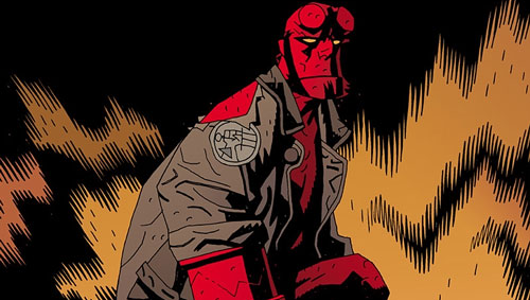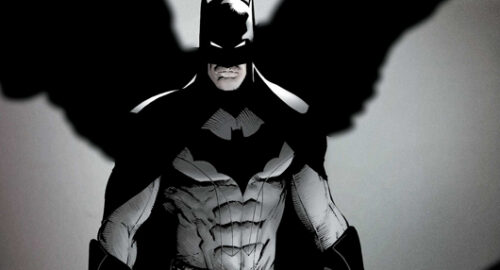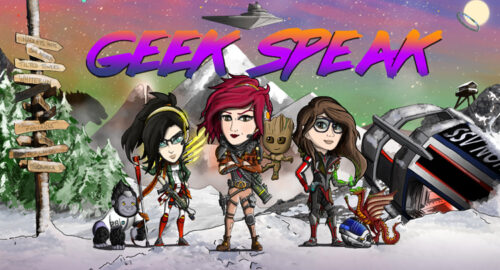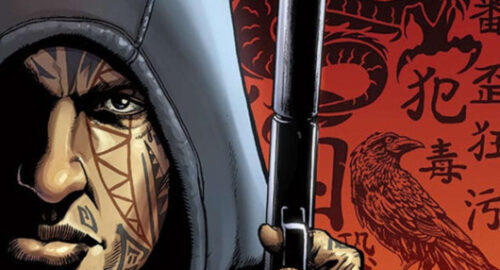In 1938 Jerry Siegel and Joel Schuster created a character called Superman. Originally conceived as a hero for the everyman, battling corrupt politicians and sleazy gangsters, The Man of Steel quickly became one of the most popular and endearing fictional creations of the last century. And in his wake, there came more characters like him. Bill Finger created Batman and was promptly erased from history by Bob Kane, William Marston Morris took a break from seducing his university students and inventing the polygraph lie detector to create Wonder Woman and in the 1960s a little known writer by the name of Stan Lee changed Timely Comics from failing publication house into the juggernaut of popular culture that we know today as Marvel Comics.
Before and indeed since, all of these dozens of changes to the medium, serialised storytelling through sequential art, (or comic books to you and I) have been about more than just Superheroes. Although they now dominate the medium, and film and television, so completely you’d be forgiven for thinking that capes and tights comics sole source of stories. But dear reader, you would be wrong. There exists an entire galaxy of brilliant writers and artists telling stories in every conceivable genre from body horror to psychedelic sci-fi and even good old fashioned coming of age stories.
So we here at Big Red Barrel would like to take a few moments of your time to tell you about a whole plethora of different characters, stories and worlds in the comic medium. They’re all different, all fantastic and all feature absolutely no capes or tights. Here at BigRedBarrel we’d like to take some time to tell you all about some of our favourites. Today’s example is one of the greatest fantasy stories ever told, let alone in comics. Mike Mignola’s Hellboy.
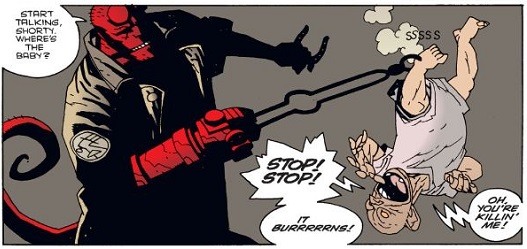
I present this image without comment
There’s a decent chance you might have heard of this character, as he’s had two big budget cinematic outings care of visionary director Guillermo Del Toro, but assuming that you’ve not been fortunate enough to see either of those films, and especially the pitch-perfect performance of Ron Perlman as the titular character, then allow me to give you a quick crash course in Hellboy history. Hellboy’s story begins in the closing days of WWII as the Nazis attempt to use the techno-magic of the wizard Rasputin (yes, that Rasputin) in order to summon some kind of demonic power that they can use to turn the tide of the war in their favour. At the same time, an elite American commando unit, accompanied by paranormal expert Professor Bruttenholm, arrive to stop them. Long story short, the portal is opened and something comes through. A demonic child, that the commandos nickname Hellboy. Adopted by Bruttenholm, the child grows up to be the bad ass paranormal cop Hellboy, working for the Bureau of Paranormal Research and Defence. It’s worth pointing out that all of this takes place within the first few pages of the first volume, which gives you some idea how much happens in every single issue.
Although it seems at first to simply be a superhero story in all but name, with our sardonic protagonist going toe to toe with a variety of unnatural horrors, it has far more in common with traditional horror stories. There’s a heavy influence from H.P Lovecraft evil running through the whole thing, from the aforementioned Rasputin’s attempts to release the unstoppable Ogdru-Jahad from their crystal prisons, to the folklore of Baba-Yaga and even demons from the pits of hell. In fact, Hellboy often finds himself outclassed and outgunned, where even his own impressive strength and endurance is not enough to pull him through. The agents of the bureau, most notably fish-man Abe Sapien and pyrokinetic Liz Sherman, are interesting characters in their own right, not just reduced to sidekicks as you might expect from side characters in a piece of genre fiction.
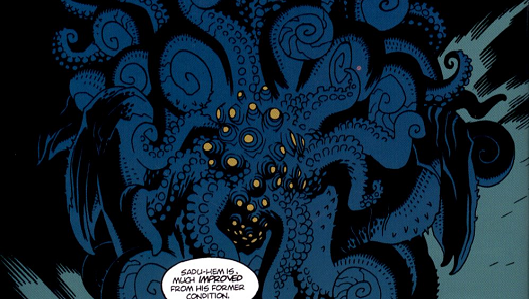
His former condition was presumable as H.P. Lovecraft’s imaginary friend
The art is some of the most uniquely beautiful in all of comics, the heavy use of darkness and shadows in every panel bringing to life a world permanently on the edge of darkness. Hellboy is grim and dark in the best possible ways. Even the brightest colours and most well-lit scenes contrast starkly with the black. Mignola’s characters are all unique and he accomplishes the enviable task of giving each of the people that inhabit his world distinct and recognisable flaws in their appearance that further ground the characters. Even the most unappealing characters, however, stay clear of caricature, which is doubling impressive considering the wealth of fascinating and horrible creatures that Hellboy and his compatriots go up against. It’s especially worth noting that Mignola draws tentacles better than anyone else in the business. There’s something chillingly unnatural and perfectly plausible about the most cosmic monstrosities in particular that leave a lasting impression.
Hellboy is the kind of project which shows just how effective comics can be as a medium. Before Del Toro ever got a chance to work with the characters on film the original pages felt cinematic and literary all at once. Some of the most solid world building of any fantasy series put together with a unique art style in the medium means that Hellboy is, and will continue to remain, one of the greatest titles in comic books. So if you like your horror on the darker side of gothic, why not give it a try. It’s a hell of a time.
Recommended Reading: Seed of Destruction, The Conqueror Worm and BPRD: Plague of Frogs.
